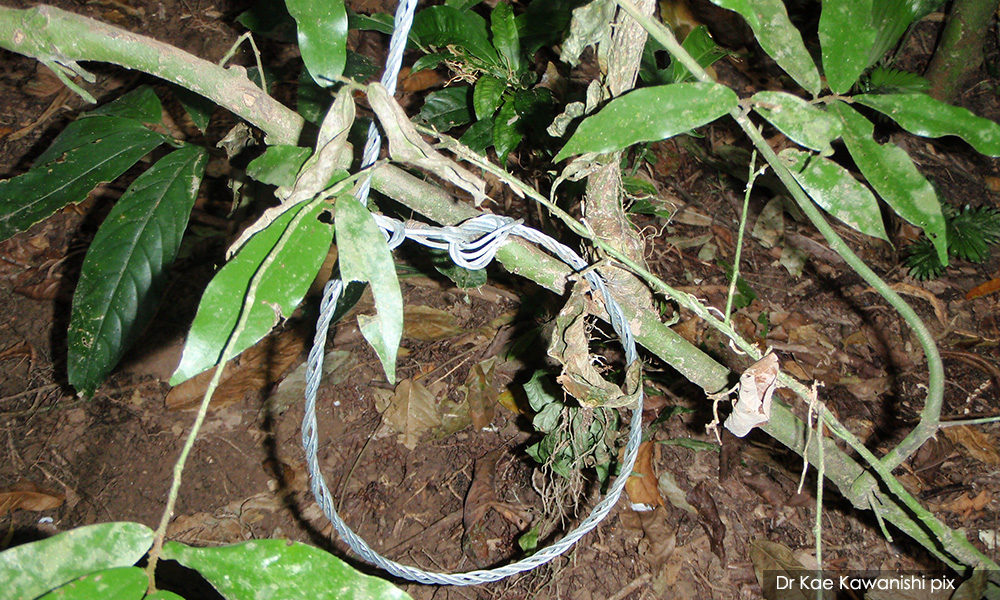LETTER | Saving the tiger will ensure that future generations continue benefiting from a healthy ecosystem.
The extinction of the charismatic top predator, however, is just one indication of humans’ misplaced priorities and short-sightedness destroying our only home.
The Malayan tiger (Panthera tigris jacksoni) is about to go extinct in the wild. Because of its limited distribution, only Malaysia can save this tiger from imminent extinction, but drastic actions needed are unlikely to come in time.
The tiger is the most endangered of the big cats on Earth. Four tiger subspecies have gone extinct in the past century and among the five surviving, the Malayan tiger is the least known, least supported and is closest to extinction.
I believe there are less than 150 animals surviving scattered throughout the big forests of Peninsular Malaysia, locally known as the Central Forest Spine.
The populations are already fragmented due to the loss of habitat connectivity and poaching. And thousands of snares are being removed from the forest.

It is a matter of a year or two before the species loses its ability to cope environmental or demographic random events and processes. There is no crisis greater than tiger extinction in Malaysia’s nature conservation history.
The Wildlife Department, NGOs and citizen conservationists are doing what we can with limited resources but cannot cope with the influx of poachers.
Poachers from Vietnam, Laos, Cambodia, Myanmar, Thailand and Malaysia are infiltrating the forests, robbing Malaysia and her future generations of their national heritage.
We have been talking about the importance of political commitment and priority for a decade since the National Tiger Conservation Action Plan was launched, but not enough resources have been allocated to urgent actions.
There is no time left now for peaceful dialogues and gradual improvements in the effort to protect tigers. The only measure left to save the Malayan tiger is military protection against poaching now.
Why can India and Nepal, facing greater social issues, have their tiger populations bouncing back? Political will.
If Nepal can mobilise 8,000 army personnel to ensure the protection of then 120 tigers – now doubled – the Malayan tiger too deserves the same level of protection.
Malaysian experts, however, say 2,000 was a more realistic number of army personnel we could expect to be deployed that might still effectively fight the poachers in forests bigger and thicker than in Nepal. That was back in August.
The Siberian tiger bounced back from 20 individuals to 500 due to strict protection. Biologically, 150 Malayan tigers can rebound, but politically, they are doomed.
And so are other wildlife threatened by poachers. For every tiger killed, countless other animals fall victim to snares.
For tigers, other wildlife and future Malaysian generations that might wonder and regret, I appeal to the Malaysian government to make a conscious decision that it does the necessary today to save the Malayan tiger from imminent extinction.
The 2,000 army personnel are the minimum needed to resurrect the Malayan tiger now.
The views expressed here are those of the author/contributor and do not necessarily represent the views of Malaysiakini.




